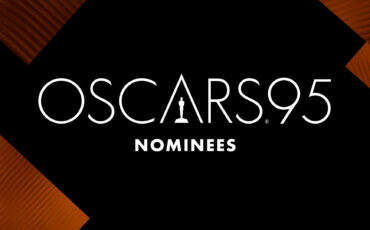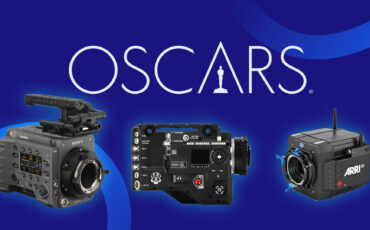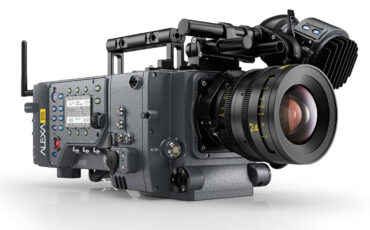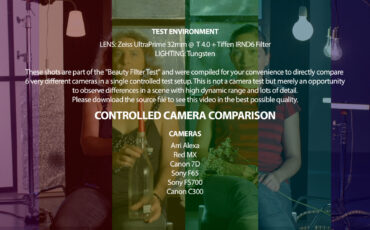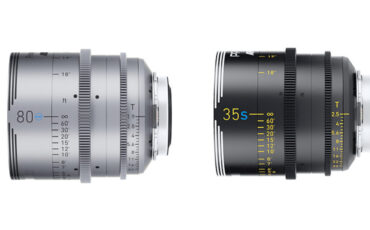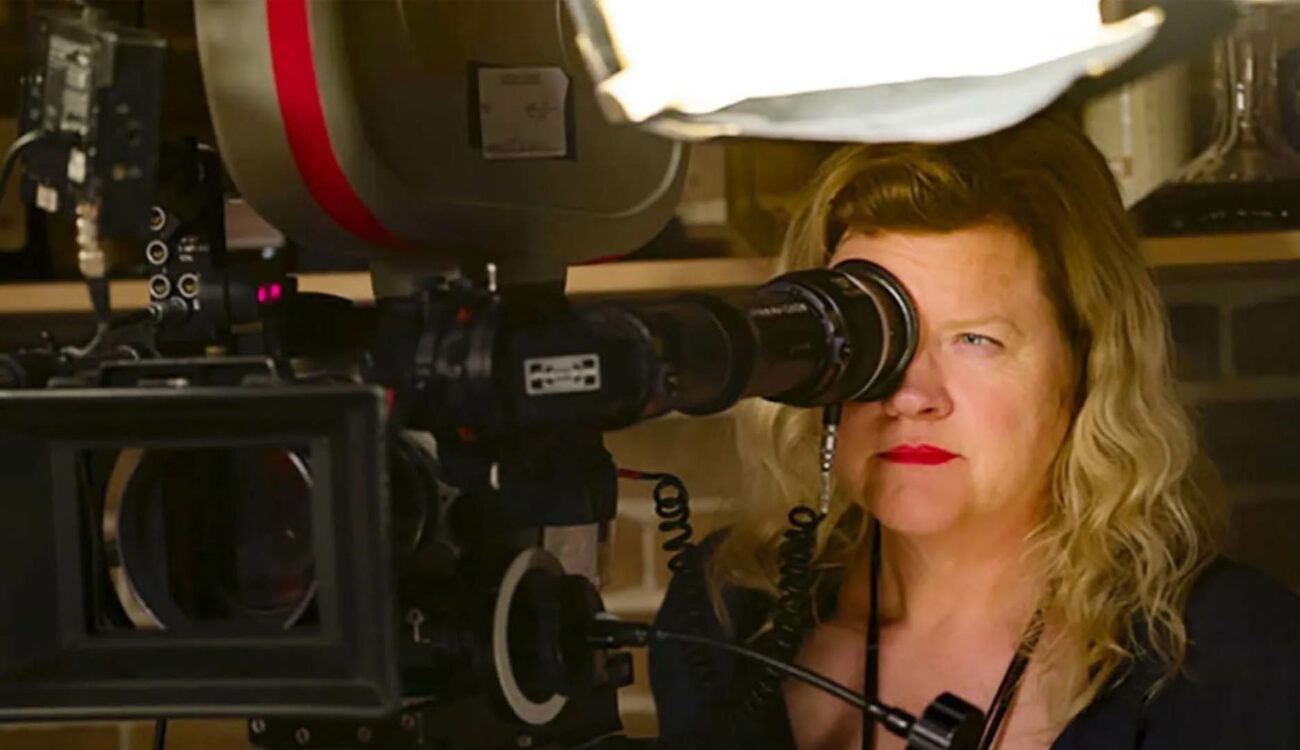
Australian cinematographer Mandy Walker, AM, ACS, ASC, who worked as Director of Photography on films like Australia (2008), Tracks (2013), Hidden Figures (2016), The Mountain Between Us (2017) and Mulan (2020) was nominated for an Academy Award for Best Cinematography for her latest work on the epic biopic of ELVIS (2022). She is the third woman in the history of cinema to be nominated, following in the footsteps of nominees Rachel Morrison for Mudbound (2017) and Ari Wegner for The Power of the Dog (2022).
Let me start by addressing the elephant in the room here: ELVIS, which was nominated in eight categories for the 95th Academy Awards, was completely snubbed from winning any trophy last night. When I started working on this article, I was convinced that Mandy Walker would win the big prize, especially after her work in ELVIS really blew me away. Yet last night at the ceremony, James Friend won the Oscar for his work on All Quiet on the Western Front, and we want to congratulate him for his fantastic work (and in case you missed it, read our feature on the immersive camera in the movie and a look at the war film genre in general).
But we didn’t think it was fair to shelve this article forever, so let me still make me my argument on why I think Mandy Walker should have received the trophy. You might not share my opinion but believe me, her rise in the cinematography world is worth a closer look. Walker is only the third woman to be nominated in this category since 1929, and we want to put a spotlight at her impressive career and how she got to where she is today.
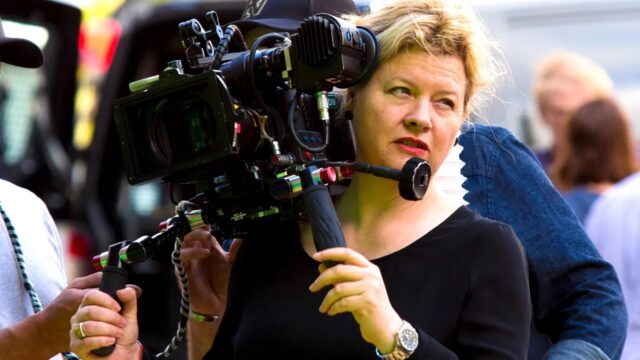
How Mandy Walker’s career began
It all comes down to a passion for storytelling. She grew up in Australia, and when Walker was two years old, her parents started bringing her along with them to art galleries and the cinema. Over the years, she discovered her love for art and visual storytelling. At only 14, she had a photo lab set up for black-and-white photography in her backyard. Even at that young age, she knew her path would lead into cinematography and storytelling.
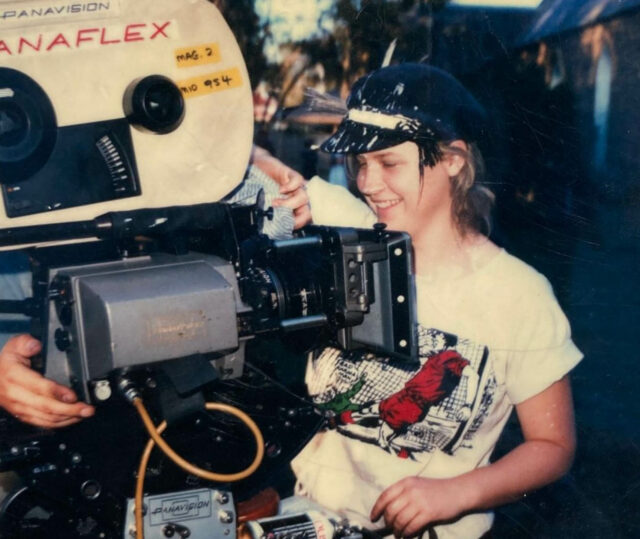
She took art classes at University, only to drop out during her first term when she was 18. Walker managed to get a job on a feature film as a runner and production assistant, connecting with the guys in the camera department. She learned everything by observing and doing it herself on a film set. That being said, she never spent a single day at film school!
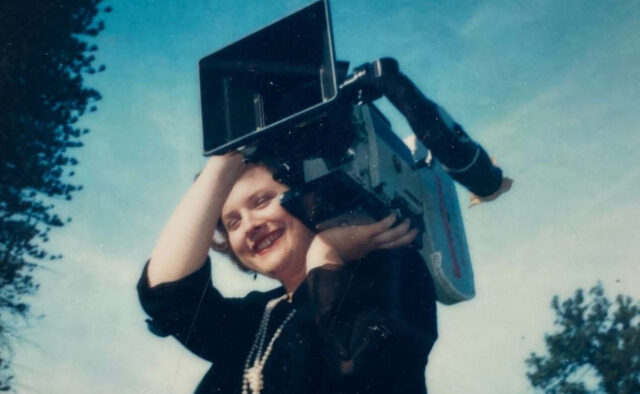
After her job as a set runner, she began hanging out as an intern on documentaries where she learned how to use a 16mm film camera. She was a film loader for three years and after that, a focus puller and a camera assistant for DP Ray Argall, who became her mentor. Walker was operating for him when he moved on to direct his first feature film, Return Home in 1989. Ray Argall asked her to shoot the film for him as a cinematographer when she was only 25.
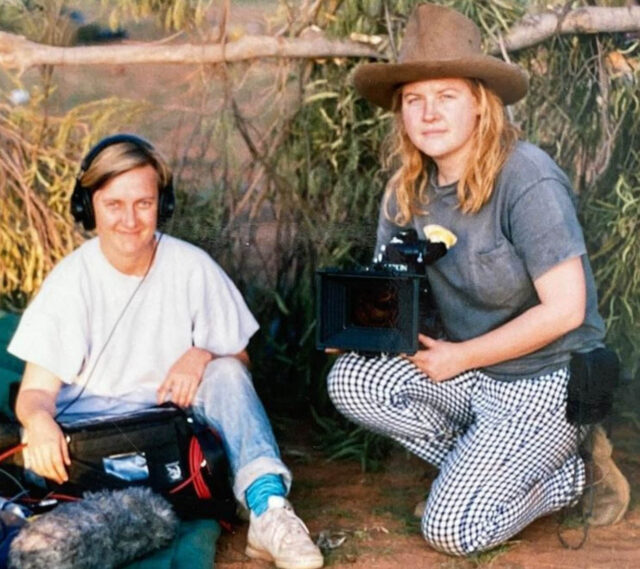
Moving from Australia to California
Walker also worked with friends on smaller student films, shooting music videos, dramas, and documentaries. Shooting whenever she could, trying different things, and having a camera to experiment with over the weekend, made her comfortable enough to take on full responsibility. When she shot her first feature film, she also became Australia’s first female Director of Photography. She continued to work as a DP on commercials and feature films in Australia, and over time the films got bigger and bigger and the budgets got better and better. Finally, she moved to California about 15 years ago, to become the accomplished film artist she is today.
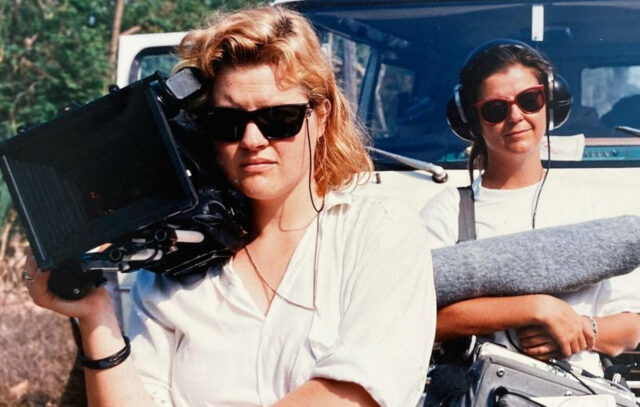
People will hire me because…
People will hire me because I am good at my job, not whether I am male or female. A lot of people think that cinematography is making pretty pictures only, but it is not! It’s about serving the story, it’s about working with a director and helping them tell their story. And to know how to run a film set, how to collaborate, how to lead, how to be in charge, how to communicate, how to prepare and how to be organized.
Mandy Walker
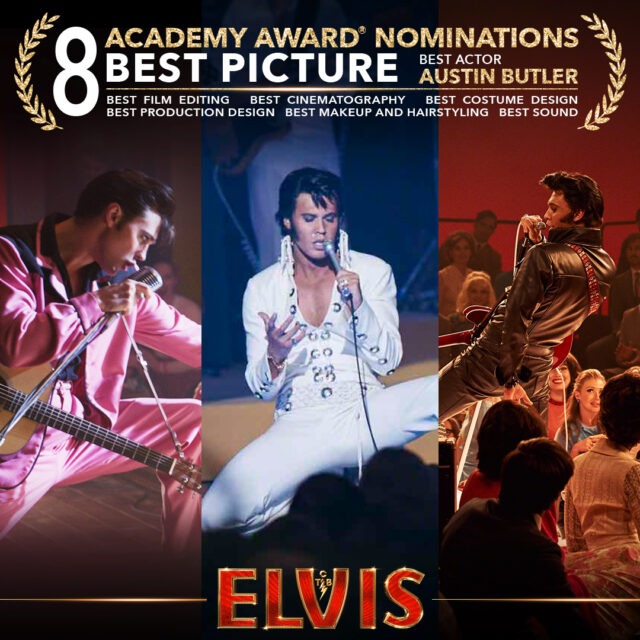
ELVIS received 8 Academy Award nominations
Mandy Walker was nominated for an Oscar for Best Cinematography for her work on Baz Luhrmann’s biopic ELVIS, along with its nominations for best actor in a leading role, best picture, best film editing, best costume design, best production design, best makeup and hairstyle and best sound.
As Walker herself puts it, “I spend a lot of time in pre-production with the director finding out how they see the story in visual terms, including the atmosphere and emotion each scene is trying to convey. Then, together with the production designer, we will reference different things, like films, photos, paintings and the locations themselves, to create a particular look that is right for that film.”
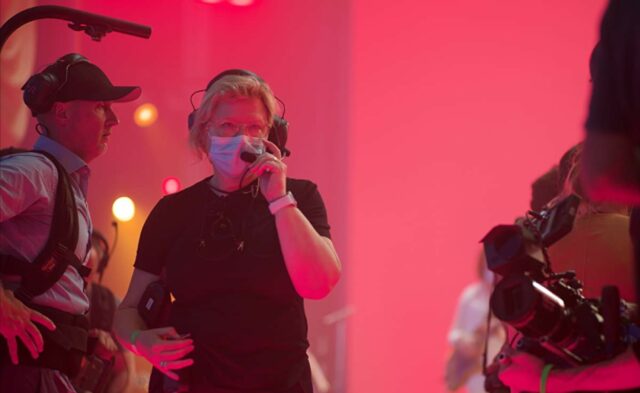
That’s all right
Baz Luhrmann spent the last ten years preparing the biopic about Elvis Presley and Mandy Walker was involved pretty much right from the start during Austin Butler’s auditions for the role of Elvis. It’s really quite rare that a production company officially releases pre-production test footage of an audition, but Austin Butler was so incredible, authentically singing and performing as Elvis, that Warner Bros. shared this footage, anticipating that this could lead to an Oscar nomination for Austin Butler.
For ELVIS, Mandy Walker had to create several different looks as the biography spreads over 3 decades from the early days of his career in the 50s to the 60s all the way to the colorful 70s at the Hilton Hotel in Las Vegas. She had to shoot exact replica footage of historical reference material, especially the concert footage, in order to maintain authenticity for the film. For example, the early Hayride concert in 1956, the iconic 68 TV Comeback Special, and the flamboyant Las Vegas hotel shows in the 70s – because these images of Elvis Presley are so well-known, Baz Luhrmann wanted the scenes at these concerts to match precisely.
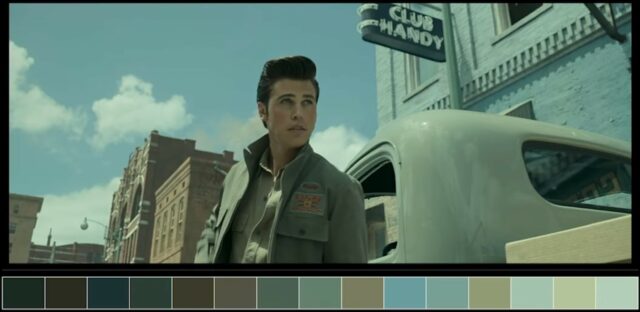
Austin Butler had to stay in character during the stage performances, so he rehearsed with the choreographers not only on the film set but also with Walker and her camera crew on multi-camera shoots. Everybody had to be familiar with the music and the moves during the performance to catch the right moment at the right time. And all this with a camera crew of over 50 people with 3 cameras, and sometimes up to 5 ARRI Alexa-65 cameras!
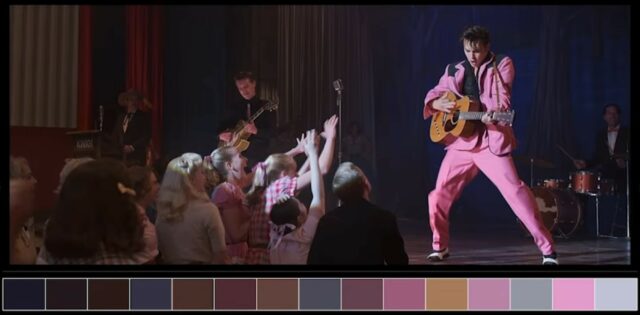
Panavision spherical and anamorphic lenses
The film’s story was divided into two parts and different lenses were used to tell the story. The first part, when Elvis is growing up in Tupelo, was shot spherically with the flatter Panavision Spheros 65. They called it the “black-and-white” colors, a desaturated look with pushed blacks. Then, once he got to Las Vegas, Mandy Walker used Panavision anamorphic T-series lenses — old glass from that period, with more aberrations. Together with the cinema colorist Damian McDonnell they created different LUTs for each period.
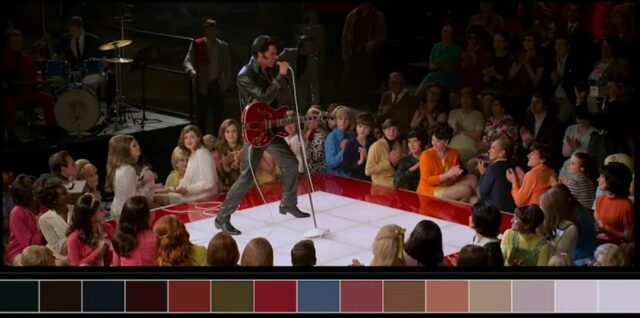
The scene where Elvis is 10 years old, running to the Pentecostal tent, was shot with the special black-and-white color look and a very specific color palette that they had researched from that period. Then, in the 60s, by the time Elvis got to Hollywood, it had a more Kodachrome look, with more depth of field, more color in the lighting, and also more contrast. Then in Vegas, there were bright, garish colors, very ‘70s, and with lots of flares.
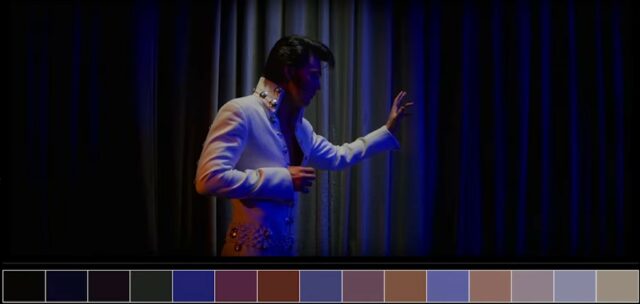
The film begins in the 50s on the famous Beale Street in Memphis, Tennessee using desaturated “black-and-white” colors, but in fact, nothing was ever shot in Memphis or in the U.S. The entire movie, all internal and external shots, was done at the Village Roadshow studios in Australia. In fact, neither the Director, Baz Luhrman, nor Mandy Walker ever went to Graceland or Las Vegas because those places no longer resembled how they wanted them to be presented in their film.
Special “Elvis lens”
Mandy Walker researched with Dan Sasaki from Panavision to craft the perfect glass for the film. The original Panavision lenses had too much blue flare and Walker wanted more green, yellow, and magenta flares. Walker emphasized modern lenses were not a good fit for ELVIS, since they are too pristine and crisp. Panavision was kind enough to rehouse the lenses creating a special “Elvis lens” for her.
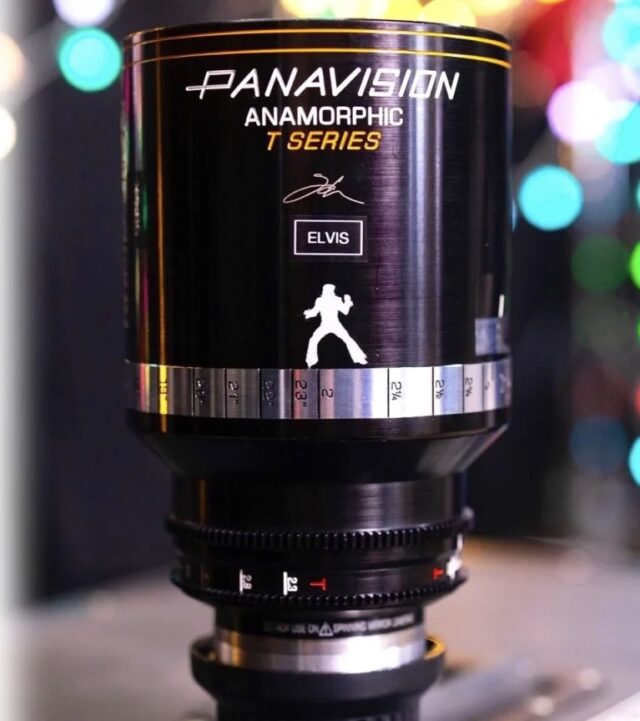
I mean, how cool is it that Panavision was willing to create a custom-made glass for a film? The results were two distinct sets of lenses, one for the first half of Elvis’ life, and the second one, the T-Series anamorphic with more color saturation, more contrast, and a classic flare with aberrations on the edges. To mark these beautifully dirty glasses, Panavision put little Elvis icons on them.
If you haven’t watched the film yet (you should), you can have a look at this 3-minute trailer to get an idea about the incredible work Walker and her team did for such a complex film.
If you want to learn more about Mandy Walker and her work, we highly recommend you watch this interview with Walker herself and Academy Award-nominated DP, Lawrence Sher.
Mandy Walker did not win the Oscar
Mandy Walker will go down in history as the third woman in the history of cinema to be nominated for an Academy Award for Best Cinematography for her work on ELVIS. As a Director of Cinematography, she rightfully earned this honor for her outstanding achievement. She is the perfect example of someone with an exceptional film career, who started as a young production assistant on a film set, observing and learning by doing to becoming a real Cinematographer.
What did you think of this year’s Academy Awards ceremony? Do you agree with the list of winners? Have you seen any of Mandy Walker’s films? Feel free to leave us a comment in the section below and let us know what you think!
